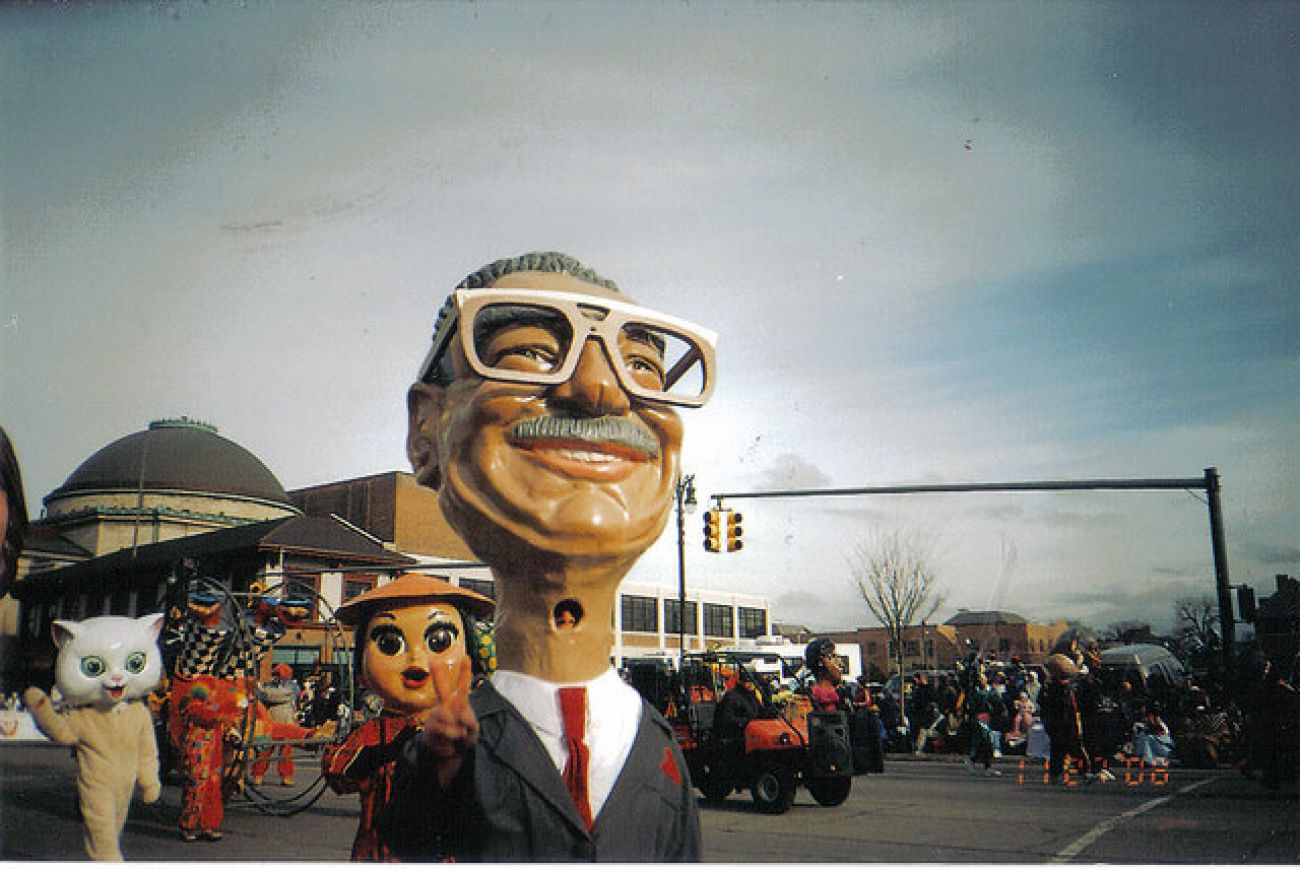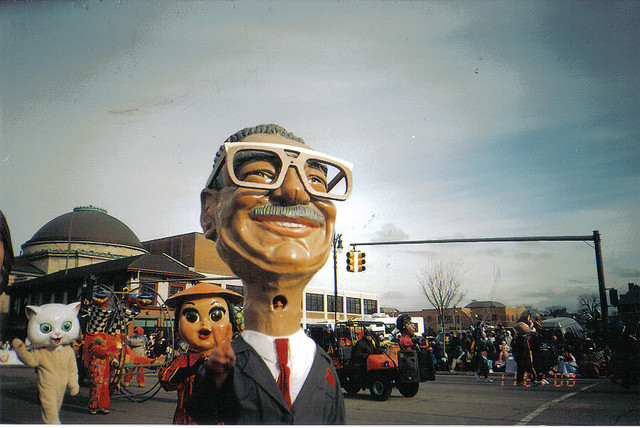Once vilified, Coleman Young deserves reconsideration

Was former Detroit Mayor Coleman Young really that bad a guy?
I can hear a chorus of hell yeahs rippling across the state. My sense is that Young is pretty well vilified in Michigan if you are outside Detroit.
But what was it exactly he did that was so bad?
As far as I can tell his major sin was being black and taking political power in Detroit, which was not that big a feat in a majority black city smarting from the excesses of the police STRESS unit. STRESS (Stop the Robberies, Enjoy Safe Streets) was a police group set up by former Mayor Roman Gribbs in the wake of the 1967 riots. It was like a commando unit running roughshod over black Detroiters.
I was stopped by them one night in 1971. Two cars pulled up on either side of a friend and I while we were walking along Seven Mile Road. They jumped out of the car, aimed at least three shotguns at us across the top of their cars, patted us down for drugs and didn’t find any, jumped back into their cars and screeched off without so much as a by-your-leave.
Young stopped that after he came into office in 1974 -- which immediately made him a hero in Detroit.
You may say that Young was in charge while Detroit declined. That is true, but population decline in Detroit started more than 20 years before Young got into office. And the decline of the auto industry started shortly thereafter, in part because the Big Three automakers didn’t take the foreign car companies seriously when they began taking market share around 1960.
What big city in America did not see decline over the past 50 years as money fled to the suburbs, urged on by the illegal redlining practices of banks and insurance companies?
Okay, but what about the corruption, you say. What corruption? I admit there were probably corrupt practices by someone at the time. But technically speaking, Young was never charged nor tried for corruption – unlike one of our more recent mayors.
Yes, he was mouthy and cussed. His “Aloha mother-----rs” moment on closed circuit television was extreme. But with the body parts a few politicians have been known to tweet in recent years, are a few errant cuss words that big a deal? And he never told all the white people to hit Eight Mile Road. He said that to gangsters in the city.
Young’s biggest political adversary during his tenure was Oakland County Executive L. Brooks Patterson. To a certain extent, both built their power by rallying the troops against the enemy. Patterson needed the evil Young as a foil to create the Oakland County he envisioned, and Young needed the evil Patterson to consolidate his sway in Detroit.
Patterson has continued that partisanship by doubling down on his remarks about turning Detroit into a reservation, "building a fence around it and throwing in the blankets and corn" for a recent New Yorker magazine profile. He’s also balked at working out prominent features of regional cooperation, including a regional water utility.
But let’s get back to Young. There are two significant things Young did that should be considered great. One is that he balanced the Detroit budget. According to a 2013 Free Press analysis of Detroit’s fortunes, Young was the only mayor since the early 1950s to balance the city budget. Not Jerome Cavanaugh, not Dennis Archer. He did it partly by cutting back on the size of the bureaucracy. It was Archer who went on a hiring spree and put thousands back on the city payroll.
The other Young accomplishment may stand out as even more important. He got the urban agriculture movement going with the Farm-A-Lot program. In the late 1970s, when flight from Detroit resulted in thousands of vacant lots across the city, Young began a program that would give seeds and technical help to residents willing to grow food on the open land. That program seeded the current urban agriculture movement.
Last year the Detroit City Council passed an urban agriculture ordinance to begin setting rules for how these practices will develop. That’s how serious it has become.
There is plenty of blame to go around for what has happened in Detroit. However, most of the hubris laid at the feet of Coleman Young doesn’t belong there.
See what new members are saying about why they donated to Bridge Michigan:
- “In order for this information to be accurate and unbiased it must be underwritten by its readers, not by special interests.” - Larry S.
- “Not many other media sources report on the topics Bridge does.” - Susan B.
- “Your journalism is outstanding and rare these days.” - Mark S.
If you want to ensure the future of nonpartisan, nonprofit Michigan journalism, please become a member today. You, too, will be asked why you donated and maybe we'll feature your quote next time!


 His name adorns public institutions in Detroit, and rightly so – Coleman Young was a defining mayor for a defining era in the city’s history. He deserves to be a Big Head in the Thanksgiving parade. (Photo by Flickr user femaletrumpet02; used under Creative Commons license)
His name adorns public institutions in Detroit, and rightly so – Coleman Young was a defining mayor for a defining era in the city’s history. He deserves to be a Big Head in the Thanksgiving parade. (Photo by Flickr user femaletrumpet02; used under Creative Commons license)